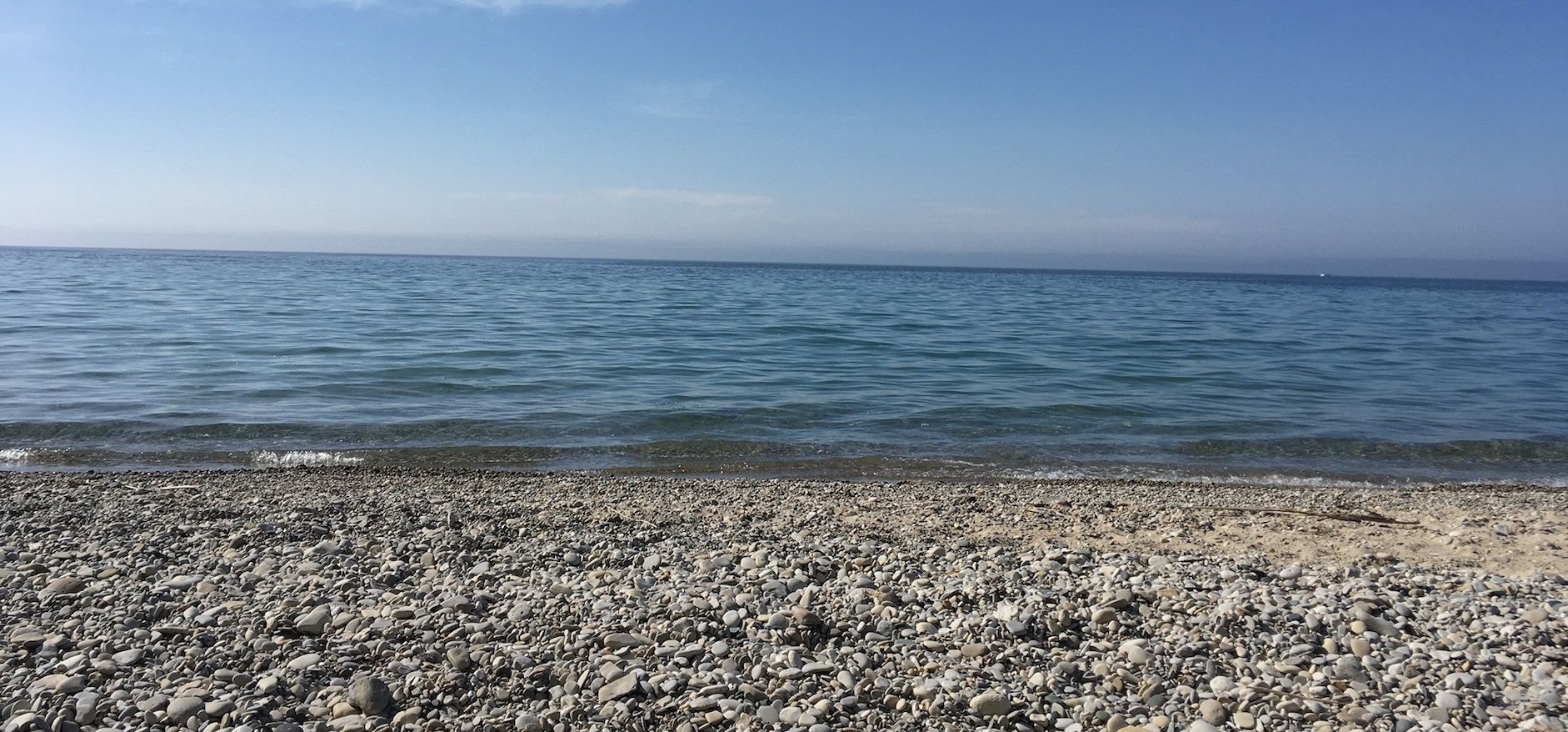
Most Wisconsinites depend on groundwater a source for drinking water. Stored in massive underground aquifers, these ancient reservoirs of groundwater were formed millions of years ago and can take decades to refill. In the past, wells would draw water at a sustainable pace, allowing enough water to seep back into the aquifer so it can maintain historical levels and provide water for the foreseeable future.
But high-capacity wells and excessive pumping practices threaten our water supply. These intensive wells can pump hundreds of thousands of gallons of groundwater per day or more, with some sucking up one or two million gallons per day. As a result, groundwater levels in many areas of southeastern Wisconsin have dropped more than 450 feet below original levels. This unbridled pumping lowers surface water levels as well.
The Central Sands Region of Wisconsin has faced exceptionally rampant water use, where over 3,000 high capacity wells threaten both groundwater and surface water levels. Lakes and rivers in the area are drying up, and family wells are going dry too as a result of unsustainable pumping. The nearby Little Plover River was even ranked the 4th most endangered river in the nation in 2013.
We must preserve the Wisconsin Department of Natural Resource's authority to consider cumulative impacts in high capacity well permitting (per the Wisconsin Supreme Court Lake Beulah decision), enhance spring protection, and implement strong statewide water conservation policies to protect our water resources.
Volunteer with the Sierra Club to protect water quality and supply! Call (608) 256-0565 or email Kathryn Hogan to join our Water Team!

